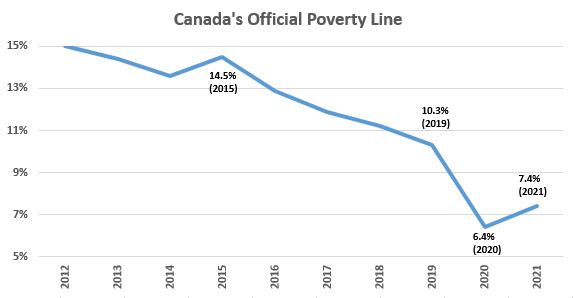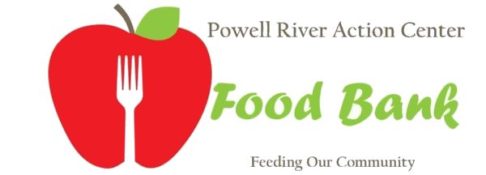In March 2023, there were almost 2 million visits to food banks across Canada, representing a 32 per cent increase compared to March 2022, and a 78.5 per cent increase compared to March 2019, which is the highest year-over-year increase in usage ever reported.
Read more at Food Banks Canada…
Canada at a glance – Food Bank User Statistics
33%
are children
33% of food bank users are children while representing only 20% of the population
44%
are single adult households
Single adult households represent 44% of households accessing food banks, while representing only 29% of the population
42%
are on social assistance or disability-related supports
Provincial social assistance is the main source of income for 42% of households accessing food banks
Hunger Count
The annual HungerCount is Food Banks Canada’s signature report documenting food bank use in Canada. It is a cross-sectional, census survey of most food bank agencies, organizations and programs, within and outside of the Food Banks Canada network. The HungerCount provides a point in time snapshot of food bank use in Canada.
Food Insecurity in BC

Food banks started operating in 1981 as a temporary measure to provide relief to a small number of people experiencing financial hardship. Over 40 years on, the need for food banks in BC has never been greater than it is today.
Provincial Poverty Report Card from FoodbanksBC
With 382,000 British Columbians living in poverty according to the Market Basket Measure, B.C. currently has the second highest poverty rate (tied with two other provinces) in the country. This number includes 43,000 children in low-income families and 36,000 seniors.
See more at Food Banks BC…
Canada’s Official Poverty Line

- This line chart shows the poverty rate in Canada over time.
- It has a vertical axis showing percentages, from 5% to 15%, by increments of 2 percentage points.
- It has a horizontal axis showing years, from 2012 to 2021, by increments of 1 year.
- The line shows a general decrease in the poverty rate in the recent years until 2020, followed by an increase in 2021. The following data points are highlighted: 14.5% in 2015, 10.3% in 2019, 6.4% in 2020 (the lowest point on the graph) and 7.4% in 2021.
In 2021, 7.4% of Canadians lived in poverty, up from 6.4% in 2020.

